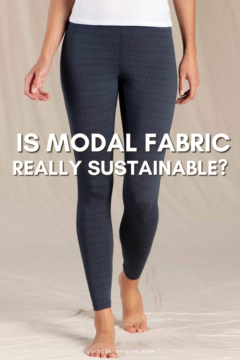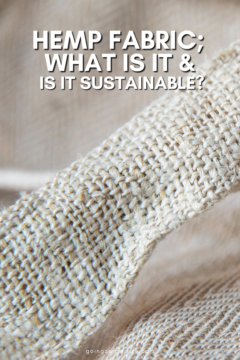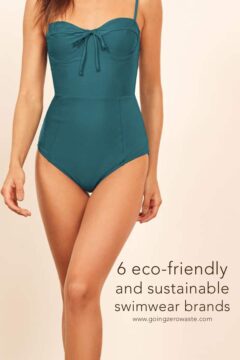What’s Lyocell Fabric? And Is It Really Sustainable?
Sustainable Fashion
February 22, 2024 | Kathryn Kellogg
Last Updated on February 22, 2024
You may have heard of lyocell fabric, or seen it on a clothing tag, but what exactly is it? And is it sustainable? Well, in comparison to polyester it is.
Most of the clothes we wear today are made from polyester, aka plastic. Polyester is made from non-renewable petroleum (crude oil) that’s extracted from the earth unsustainably.
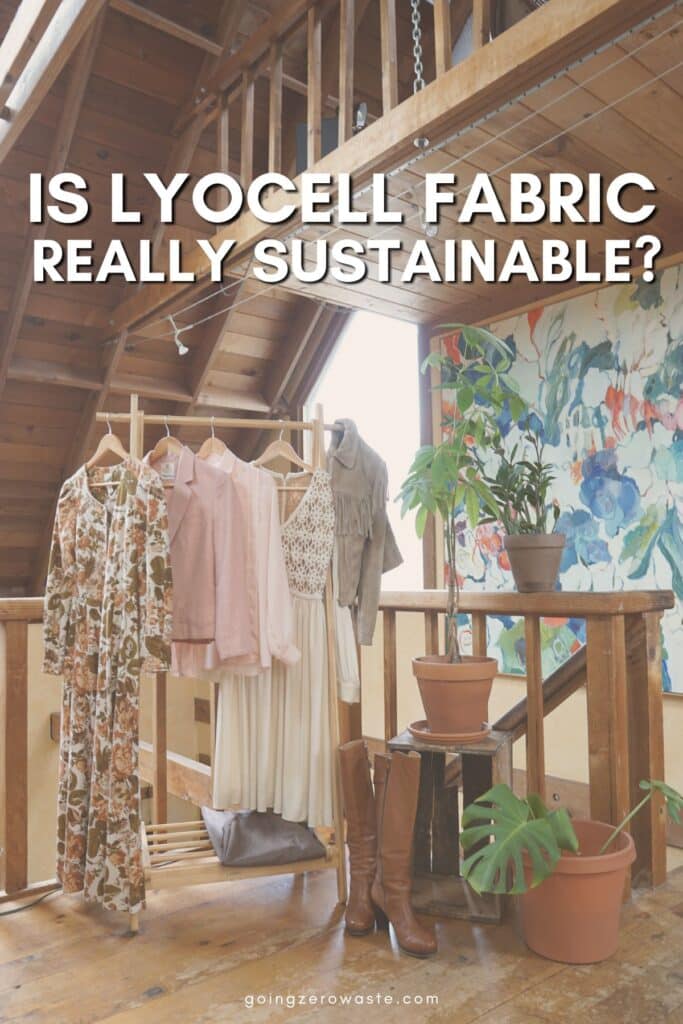
To create polyester, 70 million barrels of oil are used annually, and turning this oil into polyester fabric releases a lot of toxins into the environment.
On top of this, every time polyester pieces are washed, they shed microplastics into our waterways. An estimated 496,030 polyester microfibers are released from a 6kg wash – but this can vary based on several factors.
Recently, a new study found we could be ingesting 11,000 microplastics per year. Microplastics have been found in our lungs, feces, and even our placentas. While the health effects of this are still unknown, it can’t be good.
A good way to reduce microplastic exposure is to switch to more natural fibers in our clothing. Lyocell is a popular new fabric being touted by sustainable brands. Here’s what you need to know about lyocell fabric and which brands are using it.
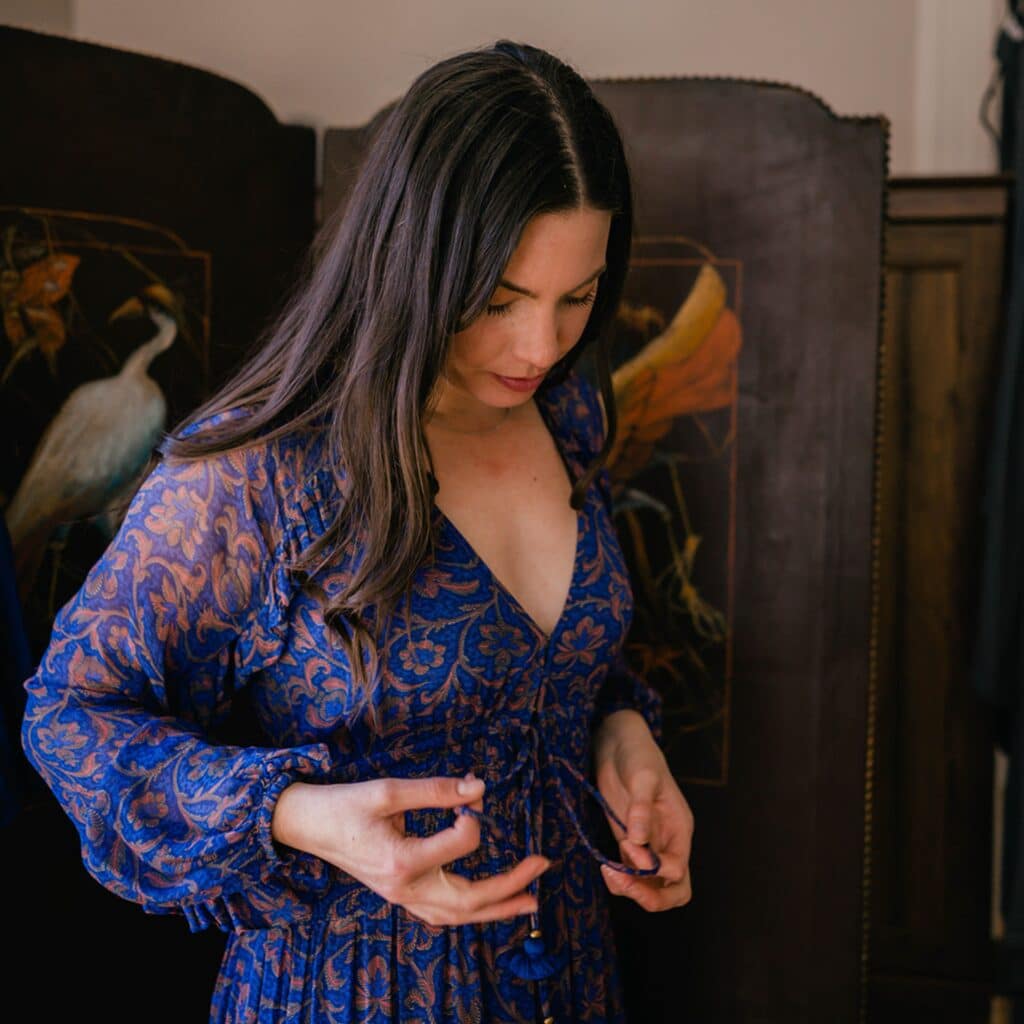
Table of Contents
is lyocell natural or synthetic?
Lyocell is a semi-synthetic fiber that is made primarily from wood cellulose, usually from eucalyptus trees. It’s commonly used as a substitute for cotton or silk.
Lyocell was originally developed by American Enka in 1972, but only recently did it gain popularity in the 20th century. With American Enka, lyocell fabric only made it through the pilot phase of development before it was abandoned.
It wasn’t until the 1980s when a British company called Courtaulds Fibres created a new fabric called Tencel based on lyocell research. The terms Tencel and lyocell can be used interchangeably now because they are chemically identical.
Its production process does involve some synthetic chemicals, but they are recycled during the circuit and they don’t generate by-products.
how is lyocell made?
- Wood is broken down into chips and loaded into a vat of chemical digesters. This softens them into pulp.
- This pulp is washed in water and may be bleached to sanitize it. Next, it is dried in a sheet, and rolled into spools.
- These sheets are then broken into squares and placed in pressurized and heated vats of amine oxide.
- Once the cellulose has dissolved into a clear liquid, it’s filtered and pumped through spinnerets.
- As it goes through the spinnerets, cellulose is turned into long, thin fibers.
- The resulting fibers are immersed in a vat of diluted amine oxide to set, and they are then washed with demineralized water.
- The lyocell fibers are then dried, and a lubricant, such as silicone or soap, is added.
- Next they are carded, which seperates and orders the strands.
- Lastly, the fibers are cut and they are then ready to be turned into an array of products.
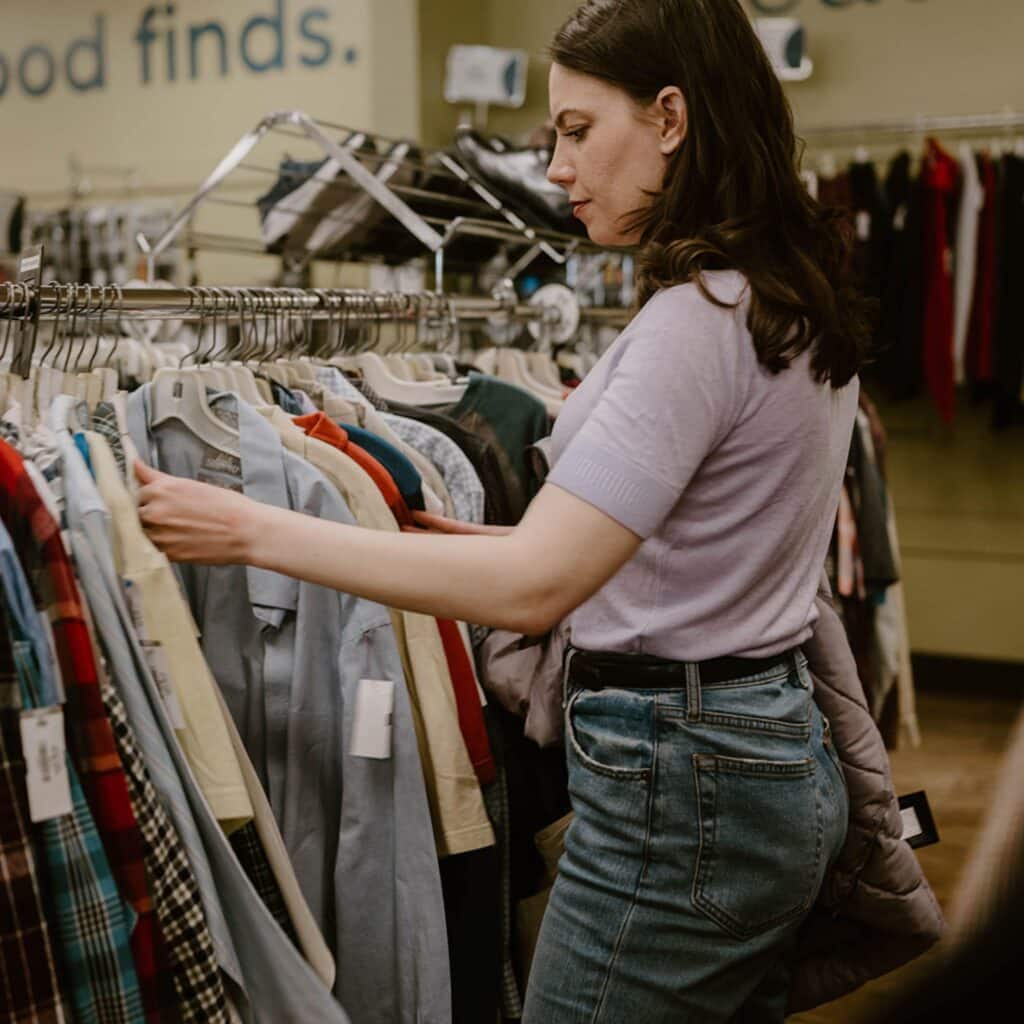
is lyocell a good fabric?
Lyocell is a good fabric in terms of substituting it in place of cotton or silk. It’s smooth fibers are an excellent choice for people with sensitive skin and it’s soft to the touch. It’s also more resistant to pilling than cotton.
In terms of the environment, lyocell is a good fabric in comparison to conventional cotton and polyester. The production process uses less water and energy than alternative fabrics, like cotton.
One of the main producers of lyocel is TENCEL™ Lyocell: Their fibers are produced in a closed loop process which recovers water and 99.8% of the solvent, which transforms wood pulp into cellulosic fibers with high resource efficiency and low environmental impact.
Additionally, TENCEL™ lyocell is biodegradable and compostable, if it is not combined with any polyester, elastane or nylon fabrics/elements.
However, you should be mindful that not all lyocell is made from the same materials. Most lyocell is made from eucalyptus trees, whereas others are made from bamboo, oak, birch, or other types of wood.
Eucalyptus and bamboo are great choices, as they grow fast, require minimal inputs, and sequester carbon as they grow. Additionally, unlike conventional cotton, eucalyptus and bamboo don’t require irrigation or pesticides.
If you can, look for lyocell made from wood sourced from responsibly managed forests, like the Forest Stewardship Council (FSC) certification.
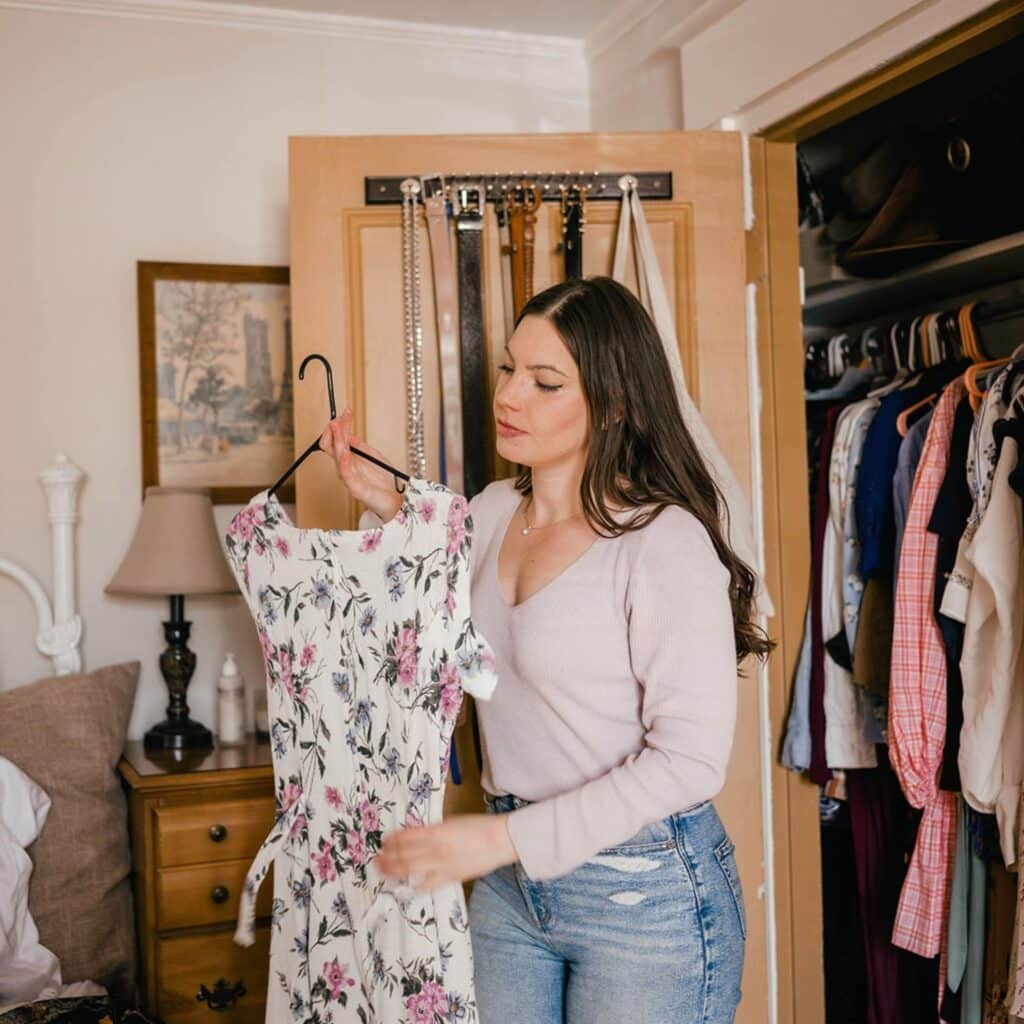
is lyocell better than cotton?
Lyocell is better than cotton in terms of water, land and pesticide usage.
Cotton is a water-intensive crop. But chemicals sprayed on the plant will mix with water runoff. This leads to groundwater contamination. To give you an idea of how water-hungry cotton is, it takes 2,500 liters of water to produce one t-shirt.
Cotton is also one of the top four genetically modified crops in the world. It’s considered the world’s “dirtiest crop” because it requires heavy amounts of toxic pesticides. These pesticides have poisoned thousands of cotton farmers, as well as pollute the environment.
On top of this, cotton needs more than five times the land that eucalyptus trees. That’s a lot of space that could be utilized in other, less water-intensive ways.
This being said, if you own any cotton garments, don’t toss them out in favor of replacing them with lyocell products. The most sustainable thing you can do is use what you have (and at that point, the resources have already been used up).
If you’re thinking about getting a new item, choose to support brands that utilize lyocell over conventional cotton. However, choosing organic cotton over conventional cotton is also a much better choice, as it’s grown without pesticides and with less water.
Modal is also another fabric you should consider using, as it is similar to lyocell. Here’s everything you need to know about modal fabric and how it’s sustainable.
which brands use lyocell fabric?
Several brands have started to see the potential in lyocell fabric. Here are the top sustainable brands that are utilizing the fabric.
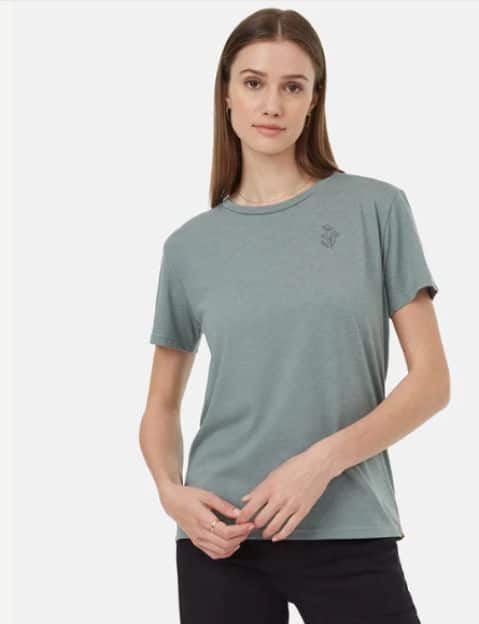
1. tentree
- Women and men’s clothing
- Sustainable materials, including TENCEL™ Lyocell
- 10 trees planted with every order
- Ethical manufacturing
- Responsible packaging
- B Corporation
- Carbon neutral certified
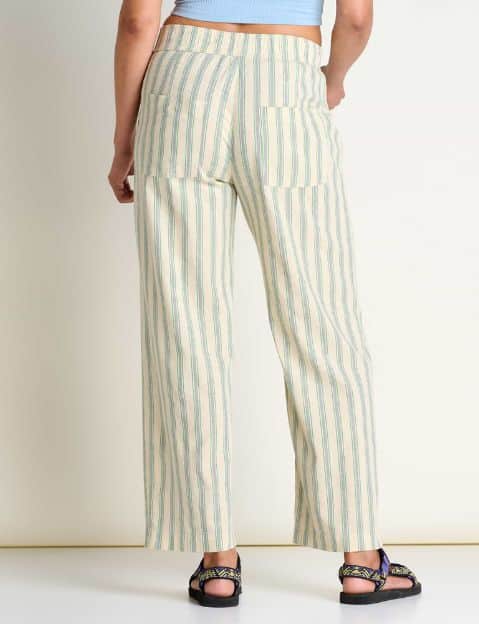
2. toad and co.
- Men and women’s clothing for everyday and outdoor use
- Sustainable materials, including TENCEL™ Lyocell
- Takeback program for old clothes (from any brand)
- Member of The Renewal Workshop
- LimeLoop partner, reusable shipping—made from recycled billboards
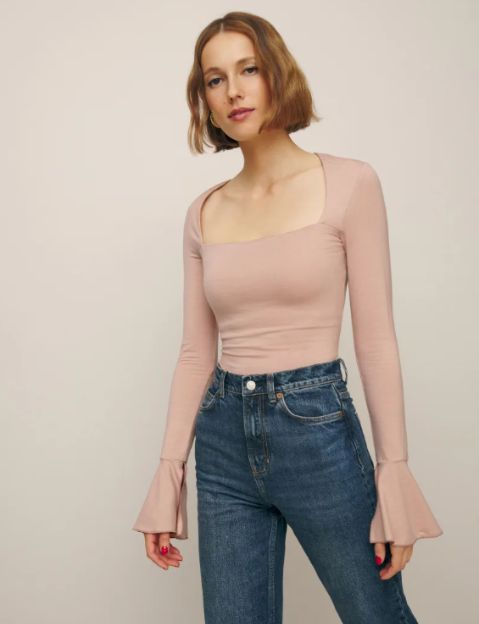
3. reformation
- Women’s clothing
- Sustainable materials, including TENCEL™ Lyocell
- Packaging is made from recycled or compostable materials
- RefRecycling take back program
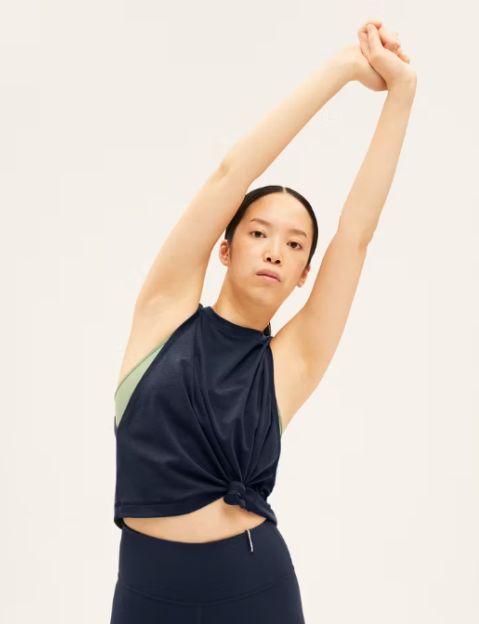
4. armed angels
- Women and men’s clothing
- Sustainable materials, including TENCEL™ Lyocell
- Carbon offsets
- Fair trade company
- Supports biomass projects in India to reduce emissions
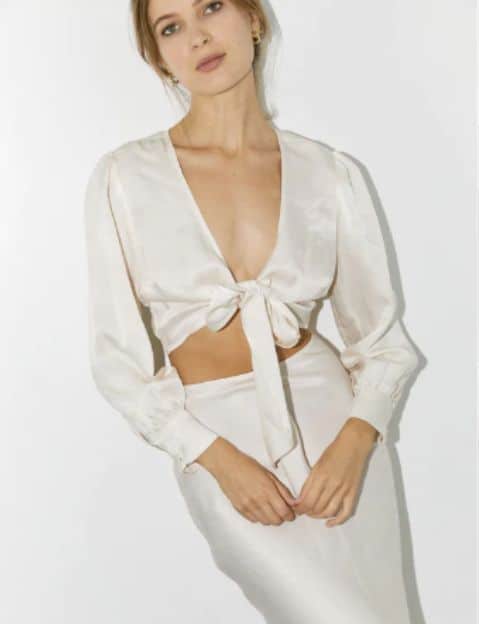
5. whimsy and row
- Women’s clothing
- Sustainable materials, including TENCEL™ Lyocell
- Limited quantities, produced locally
- Recycle every scrap of material in their production process
- Carbon neutral
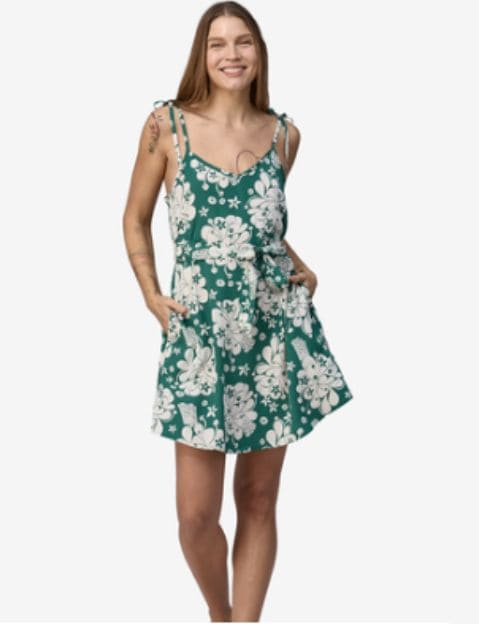
6. patagonia
- Outdoor clothing for women, men + children
- Uses both traditional virgin TENCEL™ and REFIBRA TENCEL™
- Worn Wear program
- Founder donated company to fight climate change
- 1% For The Planet member
So, what do you think of lyocell fabric? Would you give it a go? Let me know in the comments.


